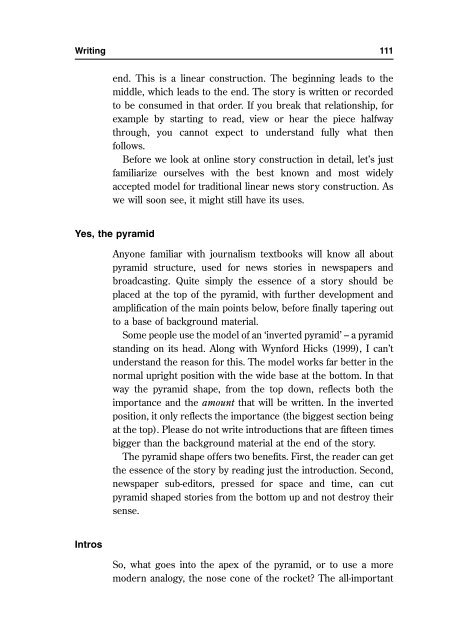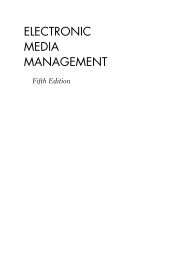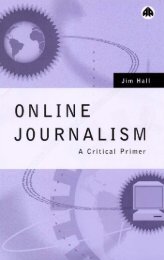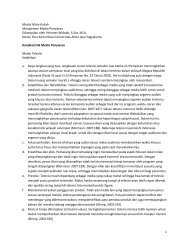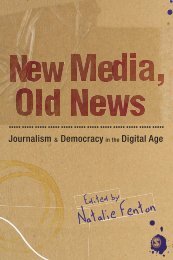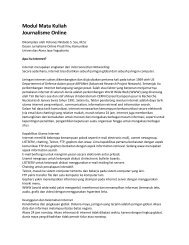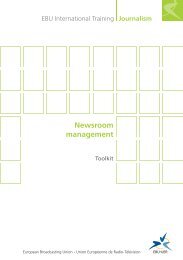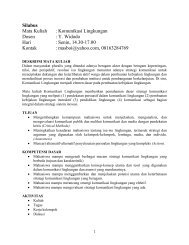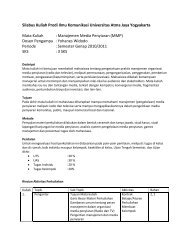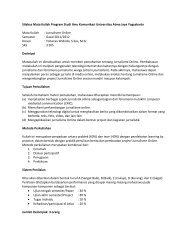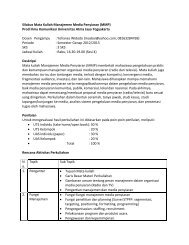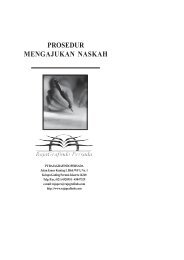1What is online journalism? - Ayo Menulis FISIP UAJY
1What is online journalism? - Ayo Menulis FISIP UAJY
1What is online journalism? - Ayo Menulis FISIP UAJY
You also want an ePaper? Increase the reach of your titles
YUMPU automatically turns print PDFs into web optimized ePapers that Google loves.
Writing 111<br />
end. Th<strong>is</strong> <strong>is</strong> a linear construction. The beginning leads to the<br />
middle, which leads to the end. The story <strong>is</strong> written or recorded<br />
to be consumed in that order. If you break that relationship, for<br />
example by starting to read, view or hear the piece halfway<br />
through, you cannot expect to understand fully what then<br />
follows.<br />
Before we look at <strong>online</strong> story construction in detail, let’s just<br />
familiarize ourselves with the best known and most widely<br />
accepted model for traditional linear news story construction. As<br />
we will soon see, it might still have its uses.<br />
Yes, the pyramid<br />
Intros<br />
Anyone familiar with journal<strong>is</strong>m textbooks will know all about<br />
pyramid structure, used for news stories in newspapers and<br />
broadcasting. Quite simply the essence of a story should be<br />
placed at the top of the pyramid, with further development and<br />
amplification of the main points below, before finally tapering out<br />
to a base of background material.<br />
Some people use the model of an ‘inverted pyramid’ – a pyramid<br />
standing on its head. Along with Wynford Hicks (1999), I can’t<br />
understand the reason for th<strong>is</strong>. The model works far better in the<br />
normal upright position with the wide base at the bottom. In that<br />
way the pyramid shape, from the top down, reflects both the<br />
importance and the amount that will be written. In the inverted<br />
position, it only reflects the importance (the biggest section being<br />
at the top). Please do not write introductions that are fifteen times<br />
bigger than the background material at the end of the story.<br />
The pyramid shape offers two benefits. First, the reader can get<br />
the essence of the story by reading just the introduction. Second,<br />
newspaper sub-editors, pressed for space and time, can cut<br />
pyramid shaped stories from the bottom up and not destroy their<br />
sense.<br />
So, what goes into the apex of the pyramid, or to use a more<br />
modern analogy, the nose cone of the rocket? The all-important


